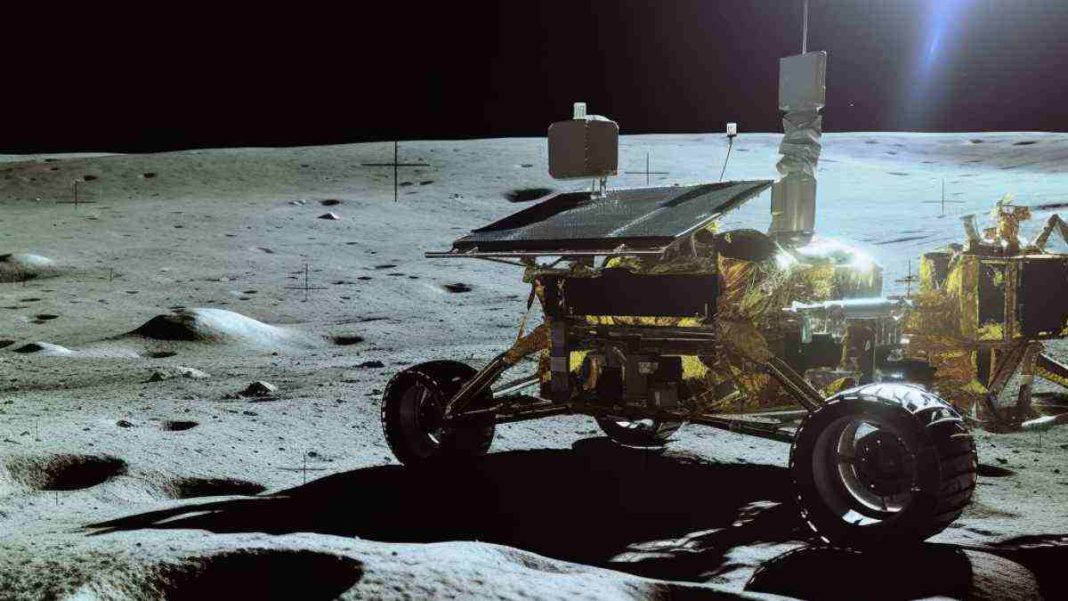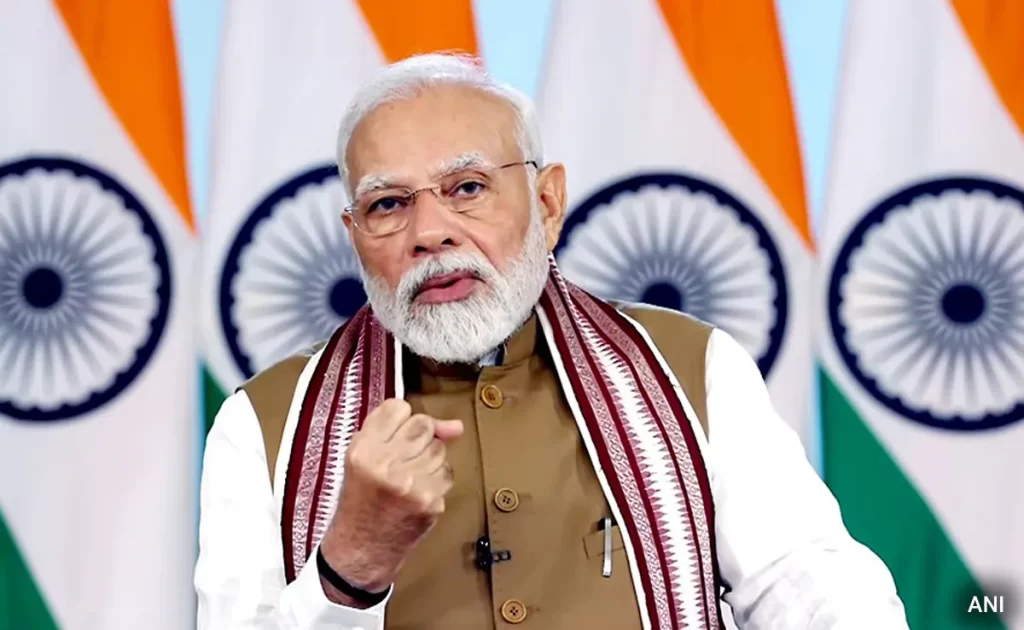News
India’s Chandrayaan-3 Rover Rolls onto the Moon’s Surface

The moon rover of India’s Chandrayaan-3 mission departed the spacecraft on Thursday to begin exploring the surface of the lunar south pole and conducting tests, and the space agency chief said it was ready for new challenges.
On Wednesday, the spacecraft landed on the moon’s unexplored south pole, becoming India the first country to do so, just days after Russia’s Luna-25 failed in a similar mission.
After a failed effort in 2019, the smooth, perfect touchdown by the lander triggered widespread jubilation and celebration in the world’s most populated country. The media praised the momentous landing as India’s greatest scientific achievement.
The lander and rover were in fine shape, according to ISRO chairman S. Somanath, and “both are working very well,” but the experiments had yet to begin.
“Everything is running on time. “All systems are operational,” ISRO said on X, formerly Twitter. “Rover mobility operations have commenced.”
The “Pragyan” rover carries two instruments for conducting element and chemical composition tests, as well as a robotic path planning exercise for future exploration.
Chandrayaan-3 translates to “moon vehicle” in both Hindi and Sanskrit. The rover is projected to be operational for two weeks, or one lunar day, because its solar-powered equipment is designed to endure that long.
Somanath stated that ISRO will encounter “many issues” on the moon’s surface for the first time, particularly lunar dust and temperatures that could affect moving parts.
“The mechanisms, the moving items…can become entangled in the dust.” It can get into the moving parts and jam them, causing the system’s bearings and motors to fail,” he said.
Lunar dust differs from dust on Earth’s surface, and given the absence of air on the moon, it could adhere to rover materials, impairing its performance, he said.
“All of this creates problems in those mechanisms…so let us see how it goes,” the expert explained. “We’ll deal with it…that’s why we’re exploring.” What’s the use of doing it if everything is known?”
This was India’s second effort to land on the moon, with a budget of approximately 6.15 billion rupees ($75 million). A previous project, Chandrayaan-2, launched an orbiter in 2019, but its lander collapsed.
The moon’s mountainous south pole is desirable because of its water ice, or frozen water, which might provide fuel, oxygen, and drinking water for future expeditions, but its severe topography makes landing difficult.
On Wednesday, approximately 7 million people watched the landing live on YouTube. Prayers were offered in places of worship, while schools hosted live screenings for pupils.
Apart from enhancing India’s stature as a space power and its reputation for cost-effective space engineering, the landing is viewed as a huge source of national pride.
Since Wednesday, Prime Minister Narendra Modi has been praised by everyone, and the world has seen the successful landing as the achievement of all humanity, not just one country.
“It’s a matter of pride and a pat on the back for Indian scientists,” Modi remarked on Thursday at the BRICS conference in Johannesburg.
The moon is Indian, “India goes where no nation has gone before,” and “India lights up the dark side of the moon,” among other headlines in Indian publications.
“Lunar landing is the most significant Indian scientific achievement,” the Times of India editorialised. “There is only one reason why India is now in a position to reap the benefits of a surge in interest in basic sciences,” it stated.





























